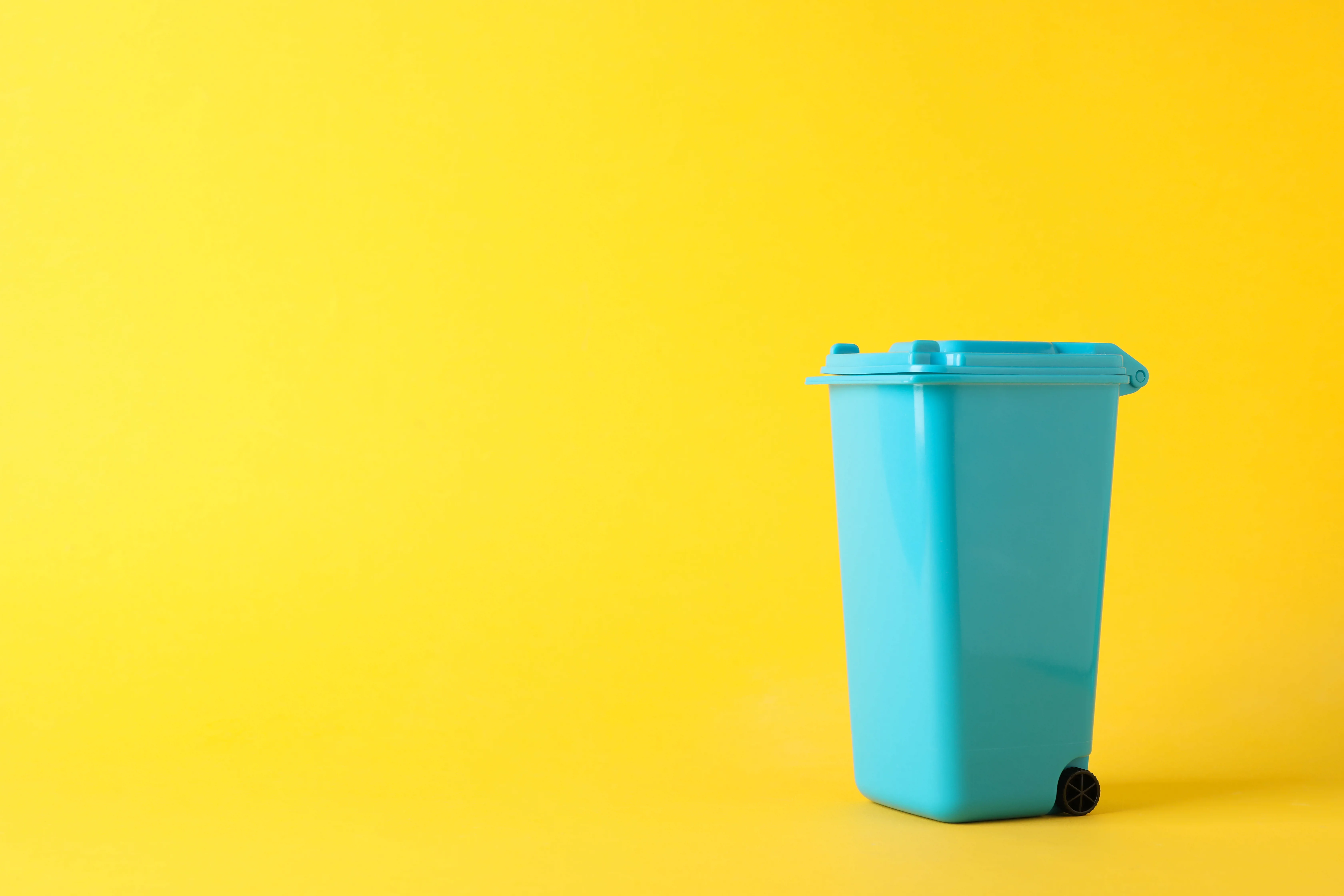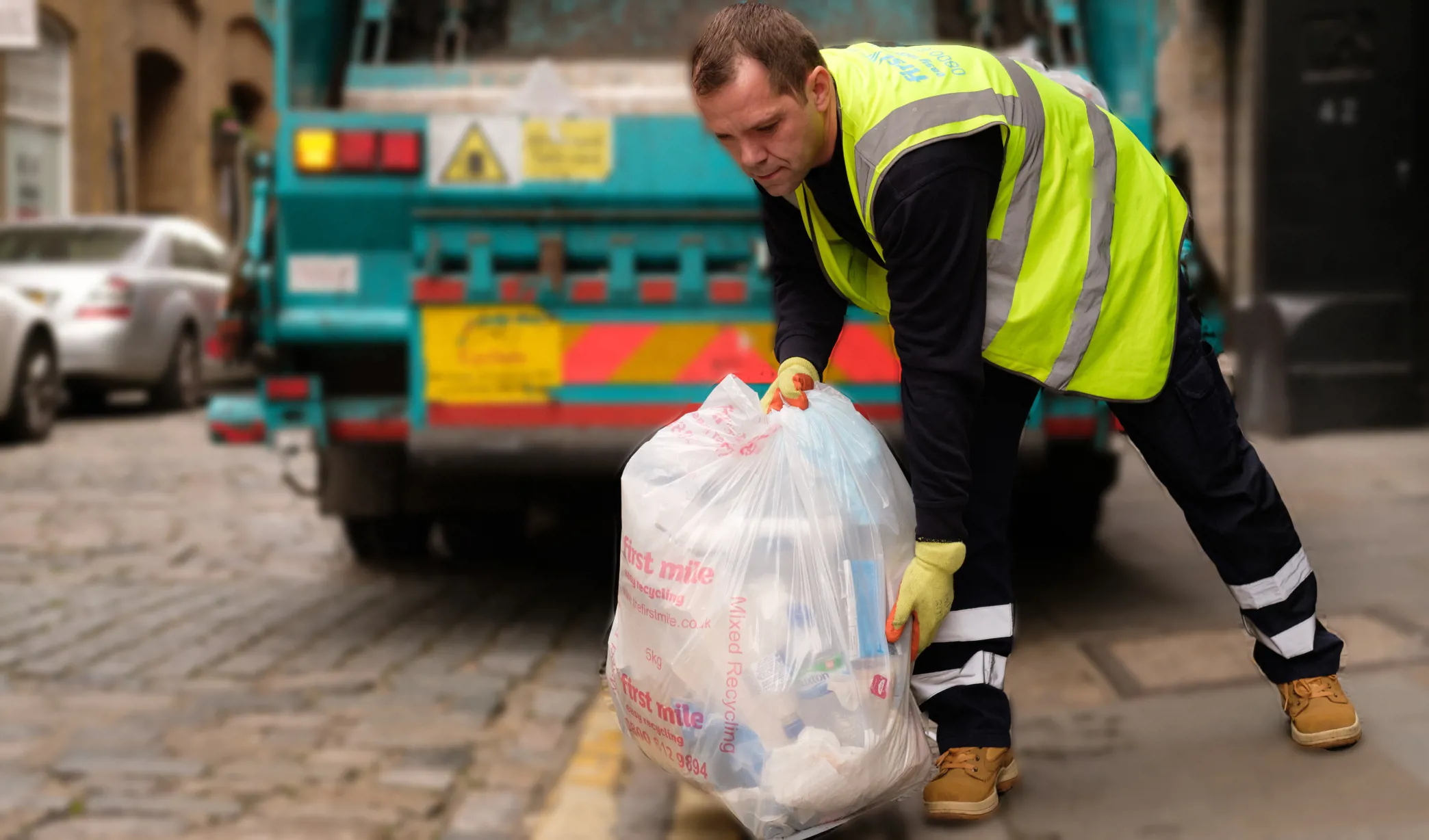Imagine a world where every plastic bottle is recycled, every plastic bag reused, and everything we create is with sustainability in mind. We’ve been striving for this future for decades, but plastic pollution continues to stand in the way—impacting not only the environment but also human health.
A report from scientists at the University of New Mexico, Oklahoma State University, Duke University and Universidad del Valle reveals that microplastics have been found in human brains. The average amount, 4,800 micrograms per gram of microplastics in brain tissue is the same amount found in a plastic spoon. This alarming discovery underscores how plastic waste is infiltrating every aspect of life, from the food we eat to the air we breathe. If plastic plays a role in your business, now is the time to take action and reduce plastic pollution. But what can you do?
What is plastic pollution?
Plastic is everywhere. From single-use plastic used for bottles to soft plastic from which shopping bags are made and beyond, it's part of our everyday life, and we often reach for it because of convenience and its low cost.
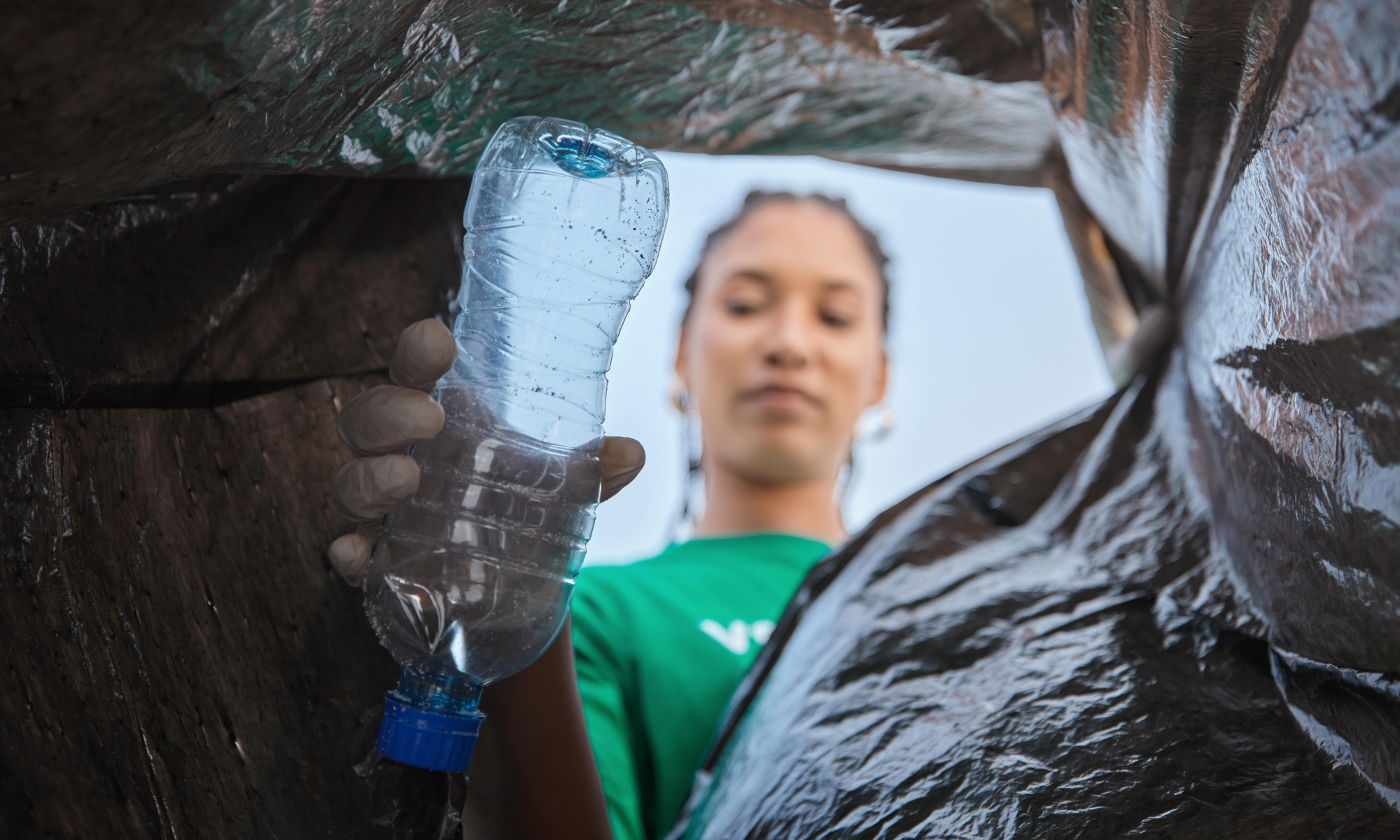
Commercially, plastic is often used to protect food or hold products in the beauty industry. We think that recycling it will be enough, but the reality is that many types of plastic are difficult to recycle, and our overconsumption and incorrect disposal of it are major contributors to pollution.
With every new day, more and more different types of plastic are produced, and these end up polluting our water and soil. Beyond the waste associated with this, the production of plastic also contributes to air pollution.
Most types of plastics are made using fossil fuels. These materials emit greenhouse gases during the production of plastic, releasing toxins into the air, contributing to global warming, and putting us at risk of getting cancer and other diseases.
What are the effects of plastic pollution in the ocean?
Unlike some other materials, plastic stays in our environment for a very long time (we’re talking hundreds to thousands of years), and even then it never fully disappears. With every passing year, things made of plastic shrink to a smaller size and turn into what’s known as microplastic (any plastic that’s less than 5mm in length), which can be found all around us. As a result of this, around 80% of these microplastics make their way into the ocean, which poses a threat to our marine wildlife and the likes of coral reefs, which play a vital role in the ecosystem.
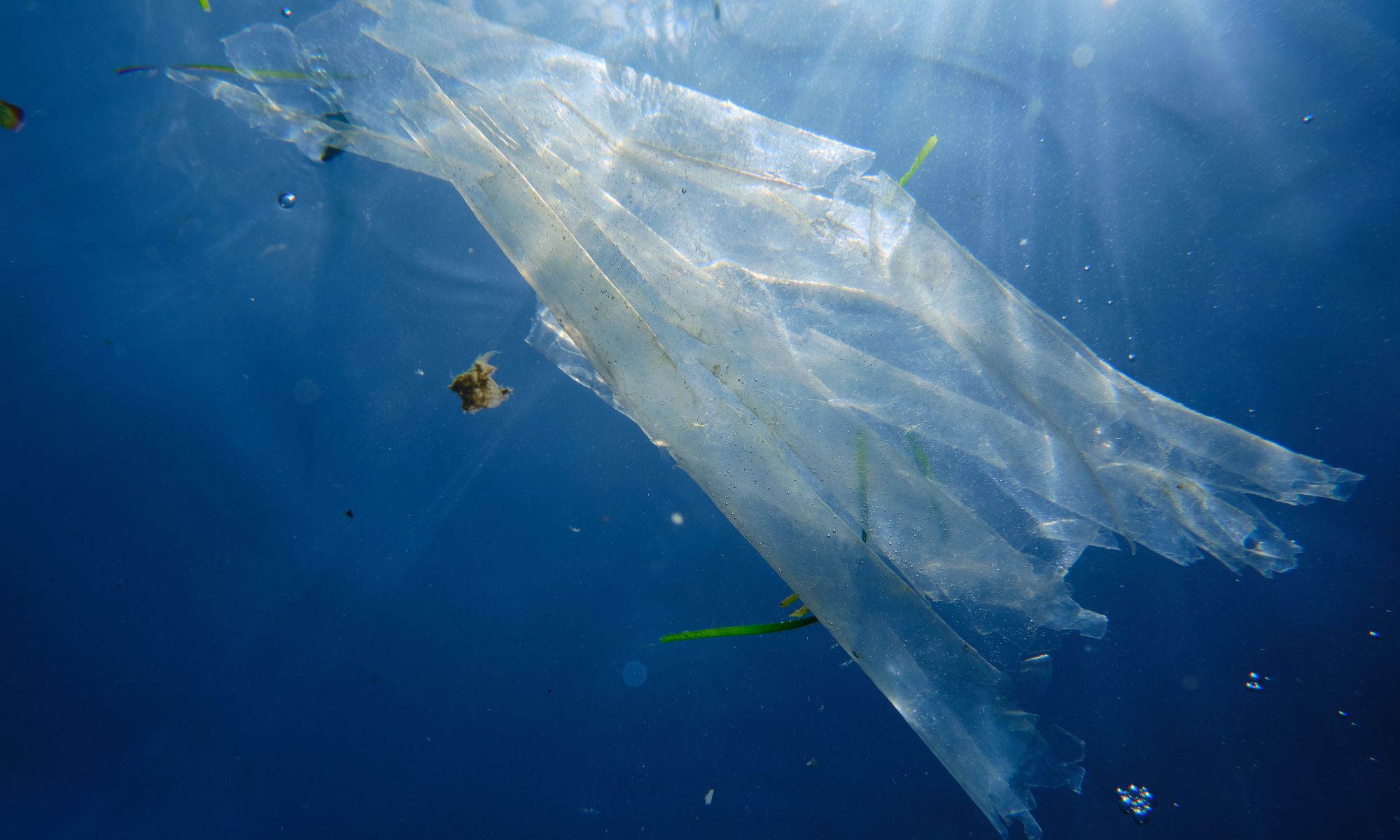
Let's be honest, none of us would intentionally eat plastic. Yet, the reality is that we do because of the pervasive plastic pollution found across our oceans. From the smallest to the largest creatures that make up our marine wildlife, they mistake plastic for food, ingesting it with devastating consequences, including injury or even death. Those that do survive and are later hunted, such as the fish and prawns that make up the seafood many of us enjoy, lead to this plastic entering our food chain with 1 in 3 fish that we consume having been found to have some sort of plastic inside them.
What are the causes of plastic pollution?
Many things cause plastic pollution. Littering may seem like an obvious one, but some people might not even realise that every time they accidentally drop a chocolate bar wrapper on the street or flush cotton buds down the toilet, they are contributing to the issue at hand.
Improper waste management is another reason for plastic pollution. What you may not know is that many countries export their waste to be recycled in other countries, and the UK is just one of the countries that does this because of limited resources.
Once this waste is imported to the likes of India, the country's poor waste management means that plastic waste often ends up on land or in the ocean. On top of this, the people living in some of the third world countries that handle waste from abroad are put at risk of disease that can come from dealing with the plastic.
As a business, your waste management company will have the ability to deal with different types of plastic domestically, reducing the environmental impact associated with exportation and supporting the development of local recycling infrastructure. At The First Mile, we process on average 100 tonnes of waste a day at our award-winning Sactory® which is then turned into heat and electricity for thousands of homes in the local area.
How much plastic pollution does the UK produce?
The UK is one of the leading countries, along with the likes of Germany, China, and the USA, when it comes to contributing to plastic pollution. Annually 90 billion plastic packages are thrown away by people in the UK. With all the different types of plastic used by businesses, you can imagine how much they further contribute to this.
Four facts about plastic pollution. Did you know…
- Millions of tonnes of plastic make their way into the ocean each year from different places, and this leads to millions of animals dying.
- The likes of Coca-Cola and Unilever are just two of twenty companies whose products contribute to 55% of all plastic waste that causes plastic pollution.
- Since the day that plastic started to be produced, less than 10% of it has been recycled to date despite most of it being recyclable.
- Some of the top plastics causing pollution, which may surprise you, include cigarettes, clothing, and menstrual products.
Types of plastics that cause pollution
There are many different types of plastics that exist, and each type is used to create something different because of their differing properties. Some are stronger; others are more brittle. The list goes on.
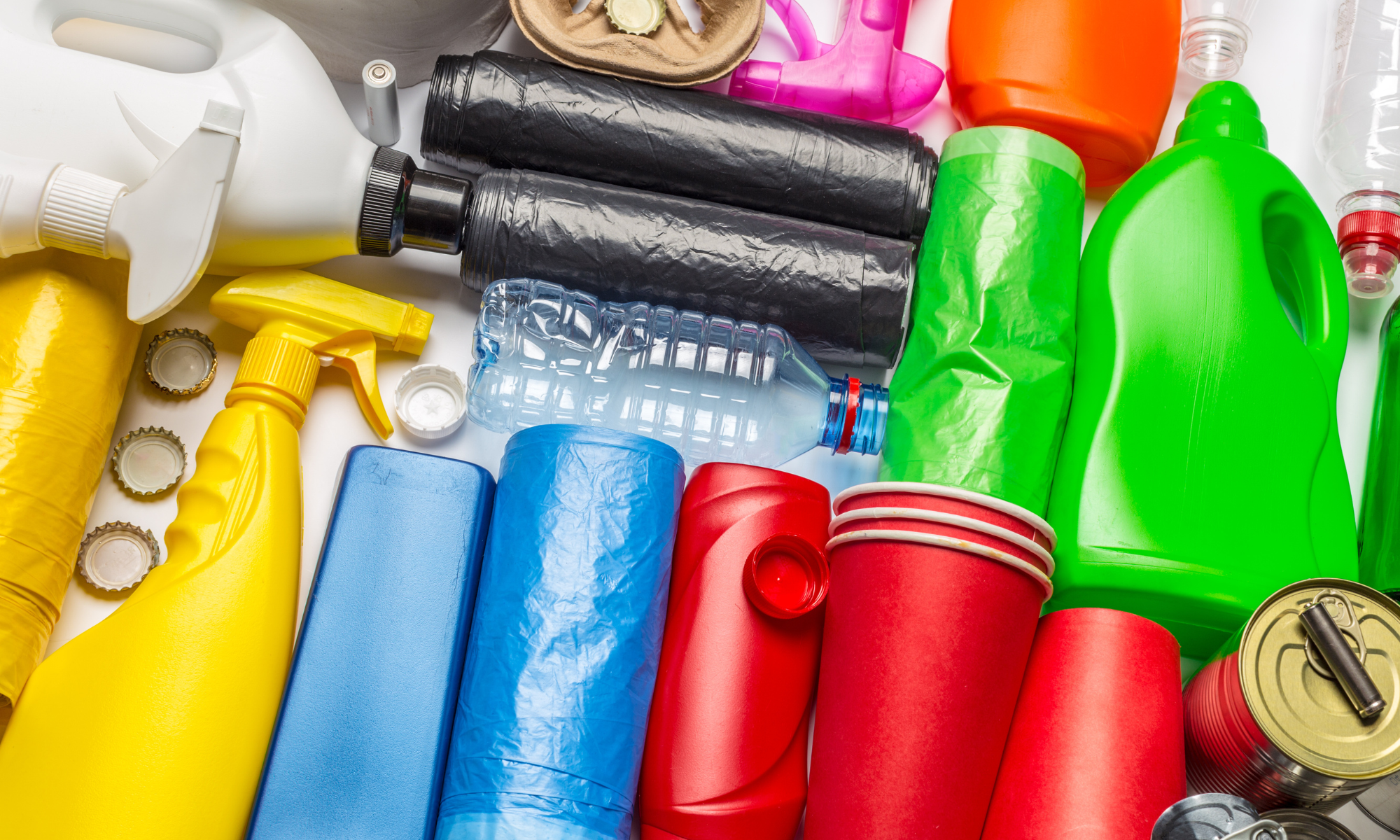
Half of all plastic produced is single-use plastic, making it one of the main contributors to pollution. In the past, straws used by fast food chains were made from this type of plastic. McDonald's is a great example of a company that has chosen to substitute plastic straws for paper ones in an attempt to be more sustainable and protect sea turtles and other marine life.
The 6 most common types of plastic include:
- Category 1 - PET (Polyester) - used to produce plastic bottles and fibers for clothing as an example.
- Category 2 - HDPE (High-Density Polyethylene) - used to produce shampoo bottles and pipes as an example.
- Category 3 - PVC (Polyvinyl Chloride) - used to produce toys and window frames as an example.
- Category 4 - LDPE (Low-Density Polyethylene) - used to produce bubble wrap and squeezable bottles as an example.
- Category 5 - PP (Polypropylene) - used to produce straws and yogurt containers as an example.
- Category 6 - PS (Polystyrene) - used to produce packing peanuts and disposable plastic cutlery as an example.
Beyond these, all other plastics are categorised as one (category 7) and would include things like CDs and baby bottles among other things. Regardless of the category, all types of plastic contribute to plastic pollution, and that’s why proper recycling of it is important.
How Can We Stop Plastic Pollution?
You may be thinking, if throwing plastic away isn’t ideal, wouldn’t switching to more sustainable and biodegradable plastic be the way forward? We wish this was the solution, but unfortunately, that’s just not the case. This kind of plastic will still eventually turn into microplastics and cause harm.
That’s why reducing, reusing, and then recycling plastic in your everyday life is the best approach. Reusing plastic helps extend its lifespan, reducing overall waste and the demand for new plastic production. Take Wild, for example; their deodorant packaging allows consumers to purchase refills, meaning they can reuse the same container, which is made from recycled plastic. Many consumers are choosing to buy from businesses that offer more sustainable packaging, and by doing so, you can become a leader in your industry.
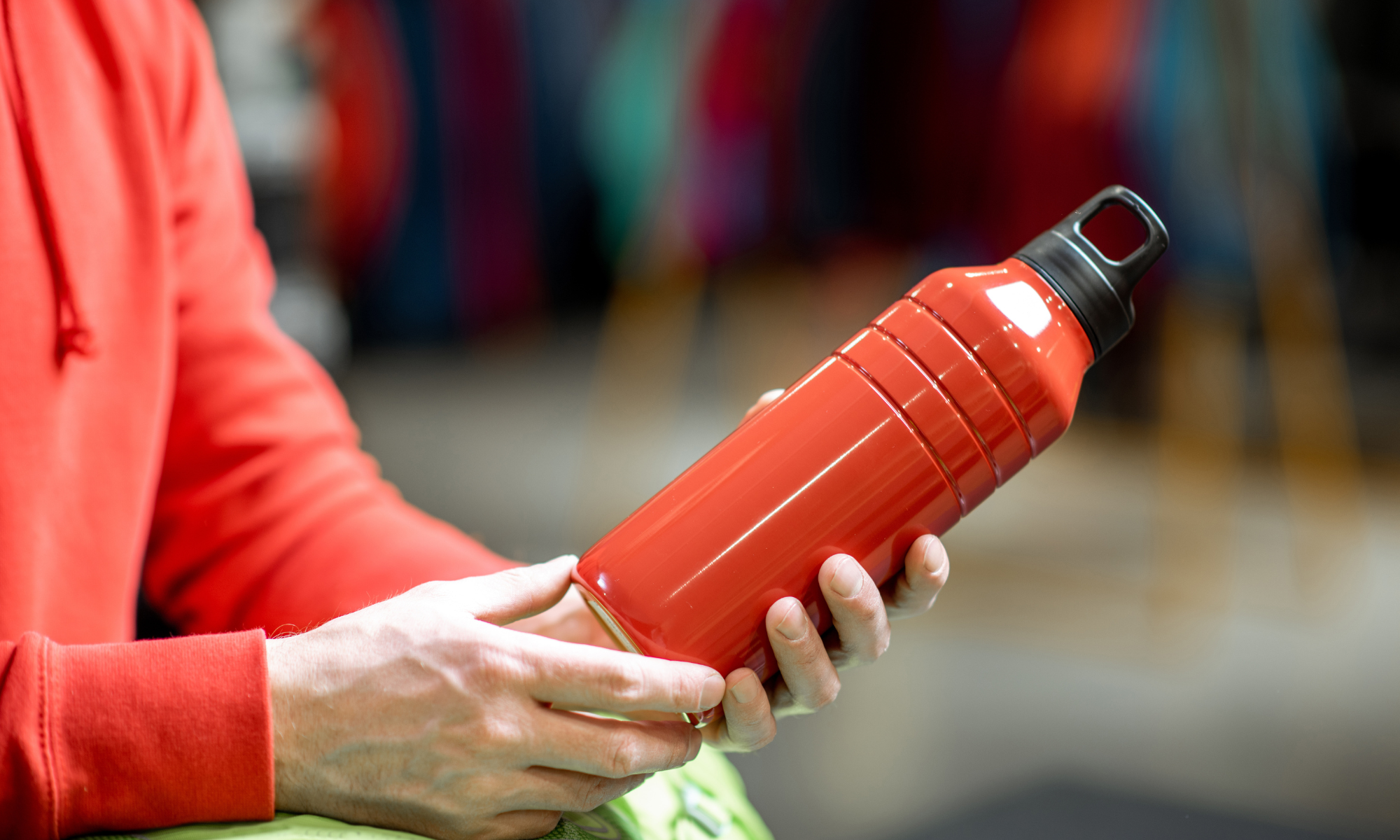
When it comes to implementing sustainable practices within your business, educating and encouraging employees to use reusable water bottles, coffee cups, and food containers. Another great way to get employees involved is by organising volunteer days, such as beach or street cleans, to raise awareness about plastic waste.
Of course, when plastic can no longer be reused, it’s essential to recycle it properly. Partnering with a trusted waste carrier like First Mile ensures that plastics are disposed of responsibly.
Here are some pointers on how to recycle different plastics:
- Single-Use Plastic Recycling: plastic bottles, cups, and containers (except for flexible plastics like cling film).
- Flexible Plastic Recycling : plastic carrier bags, cling film.
- Dry Mixed Recycling: allows for the recycling of plastic items like bottles along with paper, cards, glass, and metal—ideal for businesses that generate less waste and want a simplified collection process.
By focusing on reducing, reusing, and recycling, we can all play a part in cutting plastic pollution. Together, we can make a difference—one collection round at a time!

